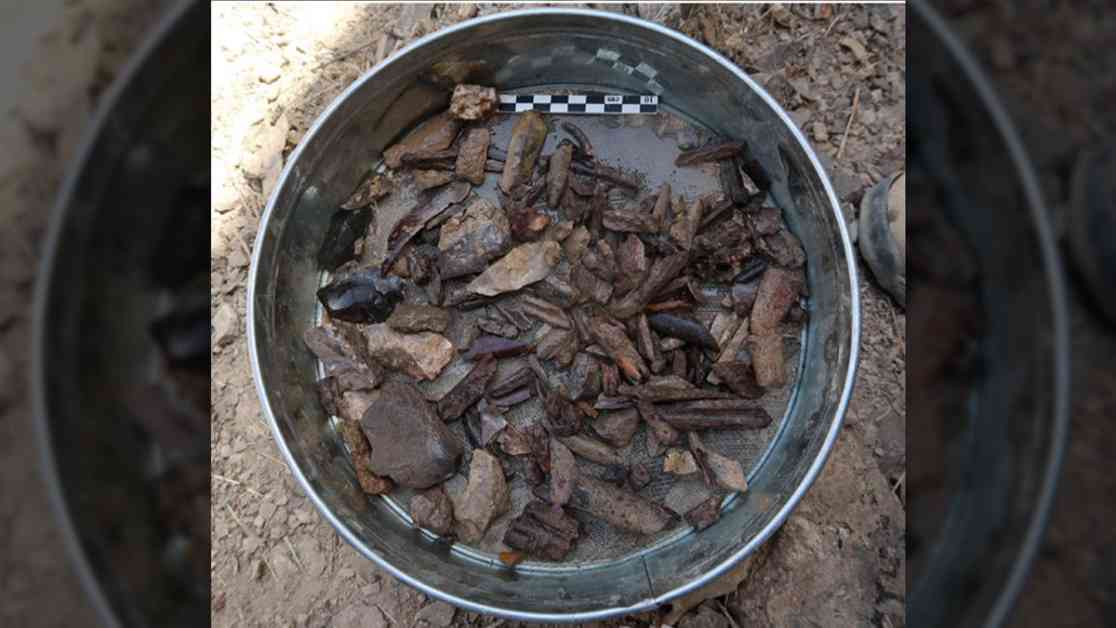Archaeologists recently made a fascinating discovery in Tajikistan, unearthing a rock-shelter that may have served as a migration site for Neanderthals, Denisovans, and modern humans over a period of 130,000 years. The Inner Asian Mountain Corridor (IAMC) in Central Asia has long been known as a route traveled by our ancestors during the Stone Age. This region has been underexplored, but researchers are now shedding light on the interactions between different human populations.
The site, named Soii Havzak, revealed a variety of stone tools, animal bones, and evidence of ancient fire use dating back between 150,000 and 20,000 years ago. The Zeravshan River, where the site is located, played a significant role as a major route on the Silk Road during the Middle Ages, connecting civilizations across continents.
This discovery provides a unique opportunity to study how modern humans, Neanderthals, and Denisovans may have interacted in Central Asia during the Middle Paleolithic period. The landscape of the Zeravshan Valley likely served as a crucial migration area for human populations, including the early spread of Homo sapiens from Africa into Asia.
Further research at this site will hopefully uncover more insights into ancient human history and the nature of interactions between different human species. The archaeological findings in Tajikistan are a significant step towards understanding the complex history of human migration in Central Asia.
The study’s lead author, Yossi Zaidner, expressed hopes that ongoing research at the site will reveal new information about how various human groups may have coexisted and interacted in the region. This discovery opens up a new chapter in our understanding of human evolution and migration patterns in this part of the world.
As we continue to explore and excavate sites like Soii Havzak, we are likely to uncover more clues about the rich history of human populations in Central Asia. The interactions between modern humans, Neanderthals, and Denisovans during ancient times hold valuable insights into our shared past and the complexities of human evolution. This discovery highlights the importance of studying archaeological sites in diverse regions to piece together the puzzle of our collective history.










